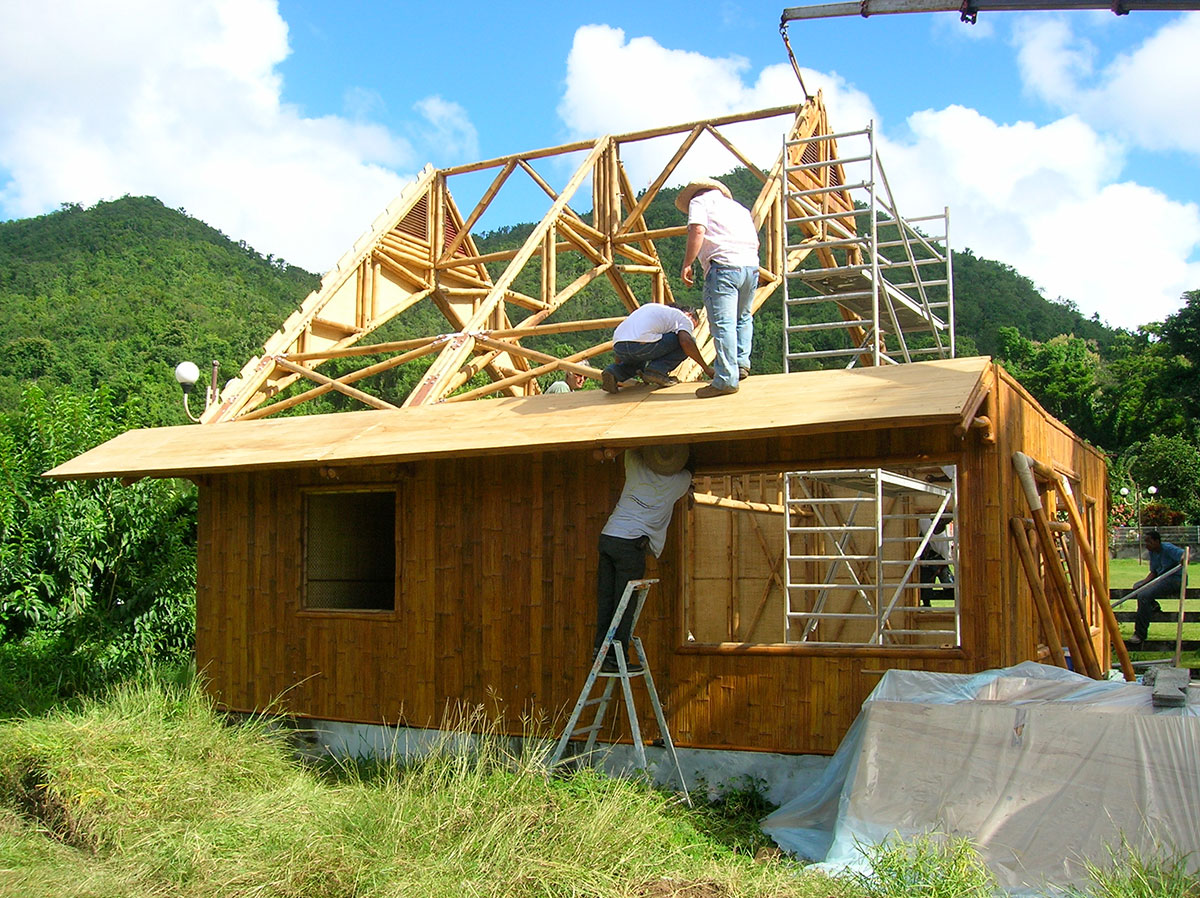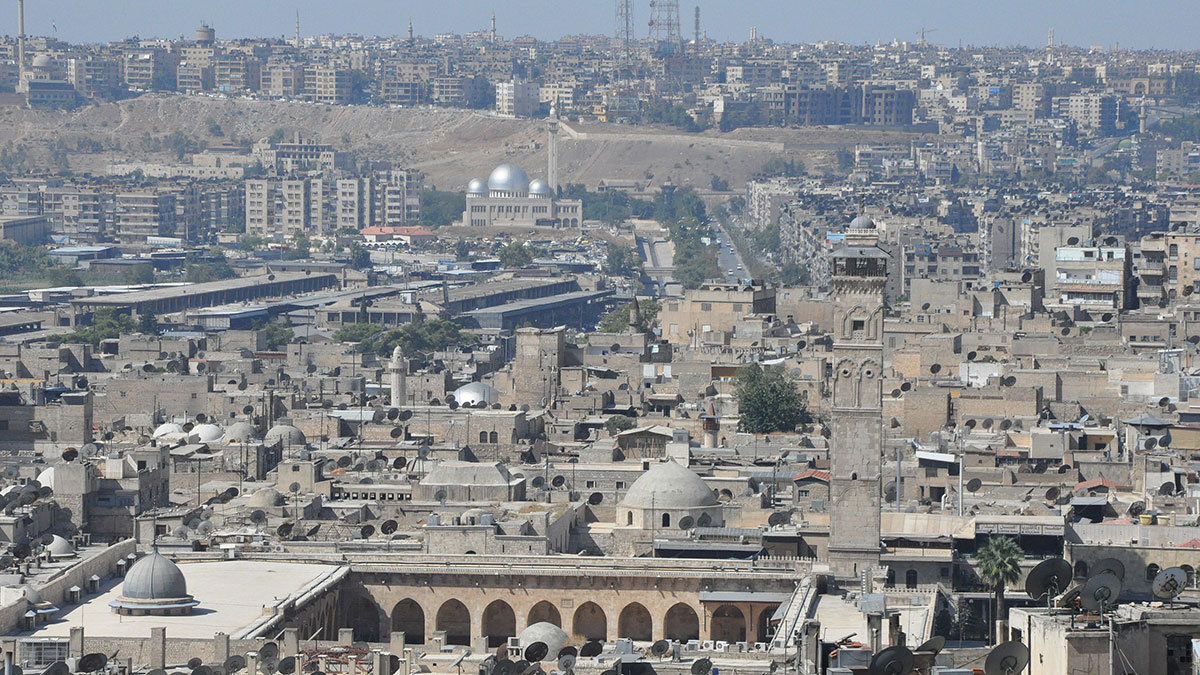Architecture plays a crucial role in the reconstruction and resilience of communities devastated by war and natural disasters. However, its capacities go beyond the simple physical rehabilitation of buildings. Therefore, from a broader perspective, it also includes the restoration of the social and cultural fabric. To achieve that set of possibilities, architecture must turn to efficient and sustainable design. Let’s see how:
Local and prefabricated materials
The use of local materials and construction techniques through prefabrication, allows for faster and cheaper reconstruction of essential housing and infrastructure, which benefits society as a whole. For example, following the 2010 earthquake in Haiti, construction techniques using bamboo and recycled materials were used to erect temporary housing quickly and cost-effectively.
Renewable energy and self-sufficiency
Incorporating renewable energy sources, such as solar panels and rainwater harvesting systems, contributes to the self-sufficiency of communities. In Greensburg, Kansas, after a devastating tornado, LEED-certified sustainable buildings were constructed and a wind energy supply was implemented, representing a model of post-disaster sustainability.
Participatory design
The active participation of the community in the design and reconstruction process ensures that architecture provides solutions that respond appropriately to their specific needs and contexts. Following the 2004 tsunami in Sri Lanka, reconstruction projects involved local residents. The planning and construction of their new homes was done with their input, which meant that the proposed solutions were more closely tailored to the needs of the people.
Multifunctional community centres
The creation of multifunctional spaces that serve as community centres, schools and clinics helps to restore normality and social cohesion. In Beirut, Lebanon, the Karantina Neighbourhood Association Library and Cultural Centre provides a safe and versatile space for the community in the aftermath of civil conflict, facilitating social and cultural recovery.

Laurent Gilet | CC BY-SA 3.0

Laurent Gilet | CC BY-SA 3.0
Current reconstruction and resilience strategies around the world
-In Aleppo, Syria, several local and international initiatives are working to restore historic buildings and create sustainable housing for internally displaced people.
-In Mosul, Iraq, UNESCO is leading the restoration of cultural sites and the creation of resilient public services.
-In Afghanistan, housing and educational facilities projects combine traditional techniques with modern innovations to develop culturally relevant resilient structures.
As we see, architecture not only rebuilds infrastructure in emergency situations, but also restores hope and self-reliance to affected communities. By integrating sustainable and participatory solutions into the recovery and reconstruction process, architecture promotes a more stable and prosperous future.
By Juan Guardiola Cutillas, Senior Architect in Amusement Logic’s Architecture Dept.






